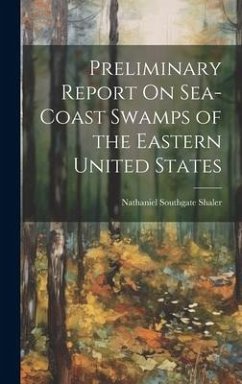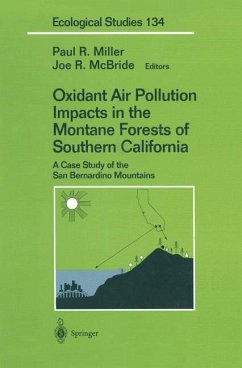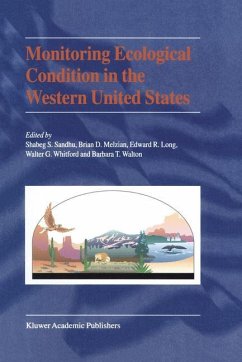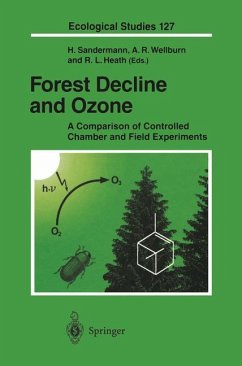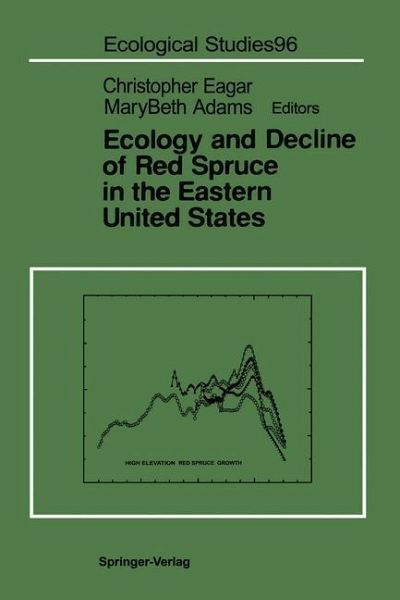
Ecology and Decline of Red Spruce in the Eastern United States

PAYBACK Punkte
39 °P sammeln!
This book focuses on the recent decline of red spruce and the role of acid rain and associated air pollutants in this decline. The purpose of the book is to summarize a large body of recent research on this important environmental issue. The book is divided into 3 sections: Section I summarizes the features of spruce-fir forests in the Eastern U.S. and examines the ecology of the forests, their soils, and the atmospheric conditions experienced by these forests. Section II looks at experimental results from many air pollution studies and evaluates mechanisms of air pollution effects on red spruce trees. Section III synthesizes the current state of knowledge regarding the widespread red spruce decline in forests of the eastern United States.
In the early 1980s there were several published reports of recent, unexplained increases in mortality of red spruce in the Adirondack Mountains and the northern Appalachian Mountains of the eastern United States. These reports coincided with documentation of reductions in radial growth of several species of pine in the southeastern United States, and with the severe, rapid, and widespread decline of Norway spruce, silver fir, and some hardwoods in central Europe. In all of these instances, atmospheric deposition was hypothesized as the cause of the decline. (Throughout this volume, we use the term "decline" to refer to a loosely synchronized regional-scale deterioration of tree health which is brought about by a combination of stress factors. These may be biotic or abiotic in nature, and the combinations may differ from site to site. ) Heated public debate about the causes and possible cures for these forest declines ensued. Through the course of this debate, it became clear thatinformation about forest health and air pollution effects on forests was inadequate to meet policymakers' needs. Ecology and Decline of Red Spruce in the Eastern United States addresses that gap for eastern spruce fir forests and represents the culmination of a great deal of research conducted in recent years. The focus is on red spruce because the decline of red spruce was both dramatic and inexplicable and because of the great amount of information gathered on red spruce.




